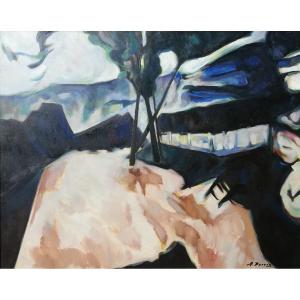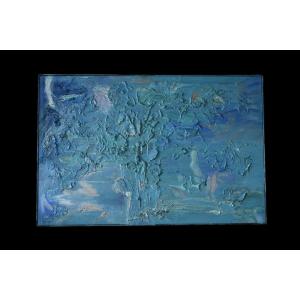Kota, Ndassa, Gabon or Democratic Republic of Congo
Height: 51 cm - with base 53 cm (sold with base)
Width: 24 cm
Around 1950 - 1960
The Kota, as well as the Mahongwé, Ndassa, Shamaye, Obamba (who are under -ethnic groups) are famous for their reliquaries. Initially, the Kota used to leave their dead exposed to the elements, in the forest. Under the influence of neighboring tribes, they began to bury their chiefs, then to exhume their bones (mainly the skull) to place them in bark boxes or baskets called bwété, on which a statue was placed. Of these boxes or wicker baskets rarely complete, we know above all the sculptures which surmounted them, intended to warn of the forces of the invisible likely to lessen the supernatural power of the relics."Such reliquaries were entrusted to clan chiefs who kept them hidden, sometimes harnessing the power of the relics for the benefit of the clan. bwiti by the Mahongwé and their neighbours, for whom the guards were the "faces" of the bwété. Each image had its name, its specific powers.
Source: Musée Branly





































 Le Magazine de PROANTIC
Le Magazine de PROANTIC TRÉSORS Magazine
TRÉSORS Magazine Rivista Artiquariato
Rivista Artiquariato